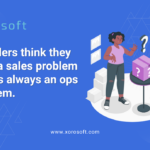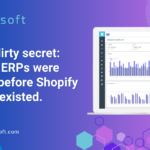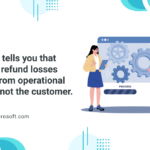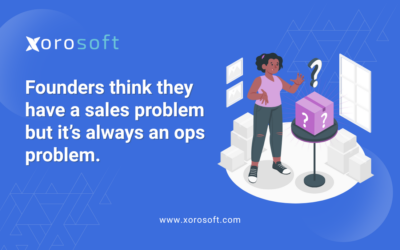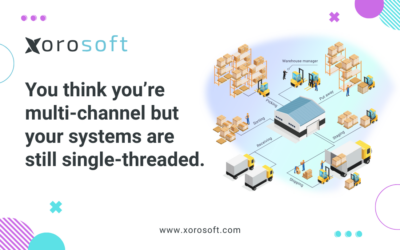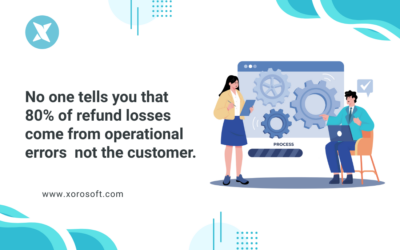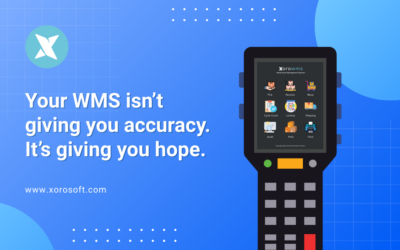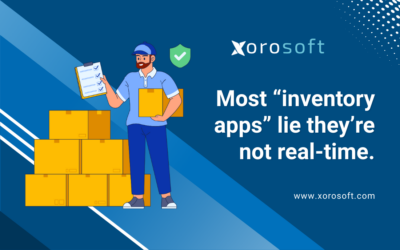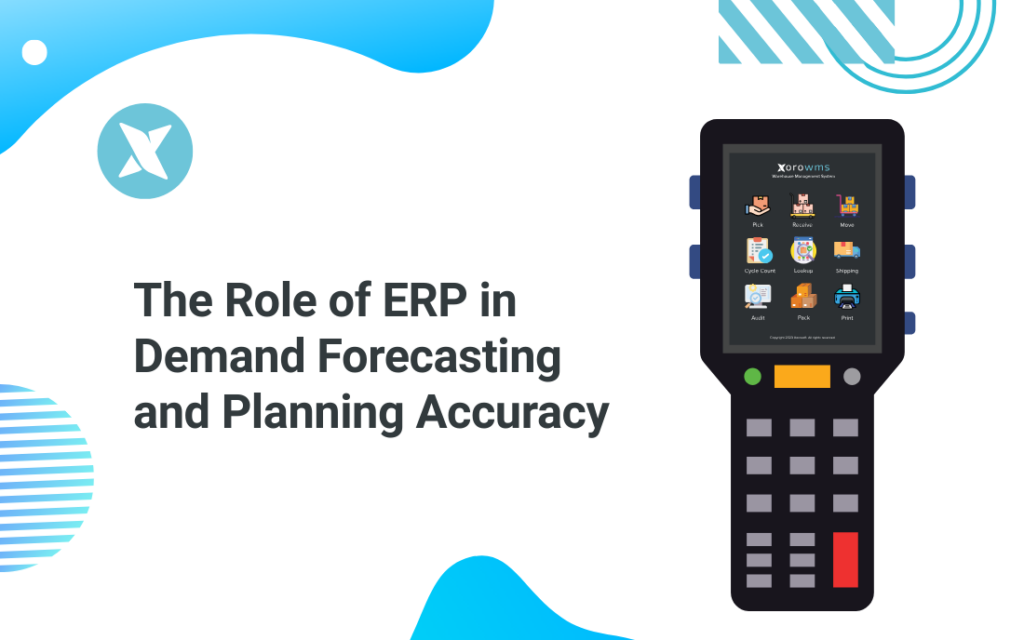
When Guesswork Becomes Expensive
Every growing business has lived through this: without ERP demand forecasting, a hero SKU sells out overnight, customers hit “refresh” on an empty page, and capital gets trapped in slow-moving stock. Meanwhile, other SKUs sit untouched, gathering dust and draining margin.
The finance team scrambles to explain write-offs. The warehouse team wades through confusion. And leadership, understandably, asks the same question: why didn’t we see this coming?
Therefore, ERP demand forecasting isn’t a luxury—it’s the difference between profitable growth and costly chaos. Yet many teams still rely on spreadsheets, gut instinct, or outdated tools that simply can’t keep up.
Why Forecasting Breaks Down for Fast-Scaling Brands
Forecasting and planning often collapse under the weight of disconnected tools. Sales teams track orders in Shopify or Amazon. Operations juggle multiple warehouse apps. Finance lives in QuickBooks or spreadsheets. Meanwhile, procurement makes decisions using last month’s numbers rather than real-time trends.
This patchwork approach creates three major problems:
-
Lagging data: By the time numbers are consolidated, they’re already outdated.
-
Siloed insights: Each department protects its own version of the truth, which leads to conflicting decisions.
-
Manual errors: Spreadsheets can’t handle multi-channel complexity; as a result, forecasts miss reality.
Consequently, businesses face stockouts, overstocking, wasted resources, and customer churn—all because the system wasn’t designed for accuracy at scale.
Why ERP Demand Forecasting Fixes Accuracy Problems
Under the surface, the cause looks simple: most systems don’t connect. Shopify sales data never speaks to the warehouse management system. Procurement can’t see live inventory. Finance struggles to reconcile orders quickly enough to inform planning.
Because visibility breaks, blind spots appear. Teams build forecasts on incomplete or outdated data. As a result, they react to demand instead of anticipating it. In addition, companies spread across multiple locations, currencies, and channels multiply the risk with every new market.
How Unified ERP Improves Forecasting Accuracy
Accurate planning depends on a single condition: put all operational data in one place and refresh it in real time. That is precisely where modern ERP changes the equation.
Unlike legacy tools or single-purpose apps, ERP platforms connect sales, inventory, procurement, WMS, finance, and fulfillment in one system. Consequently, leaders operate from a single source of truth.
When Shopify sales spike, inventory updates instantly. When a purchase order lands, finance sees it immediately. Moreover, when seasonal demand patterns emerge, the system highlights them before it’s too late.
With ERP, forecasting stops being reactive and becomes predictive. Teams can:
-
Spot demand trends early across channels.
-
Plan procurement with confidence, avoiding stockouts and excess.
-
Allocate resources more effectively, so ops, finance, and warehouses move in sync.
-
Model “what-if” scenarios, from supplier delays to holiday surges.
In short, ERP shifts the business from firefighting to foresight.
How Xorosoft Strengthens ERP Demand Forecasting
Xorosoft ERP was built for companies that refuse to guess. Its modern architecture makes demand planning accurate, automated, and scalable.
➡️ Real-Time Visibility Across Operations
Because Xorosoft runs in the cloud, every transaction updates instantly. Whether a Shopify sale closes, an Amazon order arrives, or a supplier confirms a PO, the data flows into one system—no manual re-entry, no delays. Therefore, everyone plans from the same live numbers.
➡️ A Warehouse Management System That’s Native
Most ERPs bolt on WMS later. Xorosoft embeds WMS from the start, so stock tracking stays precise across locations, lots, and bins. Since forecasts only work when inventory counts are trustworthy, this accuracy matters most.
➡️ Built for Multi-Channel, Multi-Currency, Multi-Location
Modern commerce spans channels and geographies. Xorosoft connects natively with Shopify, Amazon, EDI, and 3PLs. Accordingly, forecasts reflect the entire business rather than a single silo.
➡️ Automation That Removes Guesswork
Manual spreadsheets introduce delay. Instead, Xorosoft automates reorders, invoices, and purchase orders. As a result, procurement focuses on strategy, and finance always sees an up-to-date position.
➡️ Ease of Use That Drives Adoption
Tools only help when teams adopt them. Xorosoft ranks #1 in Ease of Use on G2—see the listing here. Because the interface feels intuitive, your teams actually use it, and ERP demand forecasting becomes an everyday habit rather than a quarterly scramble.
➡️ Direct Shopify App Integration
You can also find Xorosoft on the Shopify App Store. Consequently, e-commerce brands plug in quickly, and forecasting draws on live sales data from day one.
➡️ API-First and Future-Ready
With hundreds of integrations, Xorosoft fits your stack today and tomorrow. As the business evolves, the forecasting engine evolves accordingly—without duct-taping yet another tool.
What Changes When Forecasts Finally Match Reality
Once Xorosoft unifies the data, the day-to-day changes quickly:
-
Warehouse managers schedule labor and space with confidence, and, in turn, hit service levels.
-
Procurement teams place smarter orders, strengthen supplier trust, and reduce carrying costs.
-
Finance leaders project cash flow accurately and plan budgets without guesswork.
-
Executives make expansion decisions based on evidence, not instinct.
Importantly, this transformation doesn’t just prevent mistakes; it enables sustainable, profitable growth.
Forecast with Confidence, Not Fear
Customer expectations keep rising, and markets move fast. Therefore, inaccurate planning now costs more than ever.
Xorosoft delivers real-time visibility, automation, and accuracy—so forecasting becomes a growth engine, not a gamble.
👉 Explore XoroONE to see how leaders use ERP demand forecasting as a competitive advantage. Or, if you prefer, book a demo and experience the clarity first-hand.

